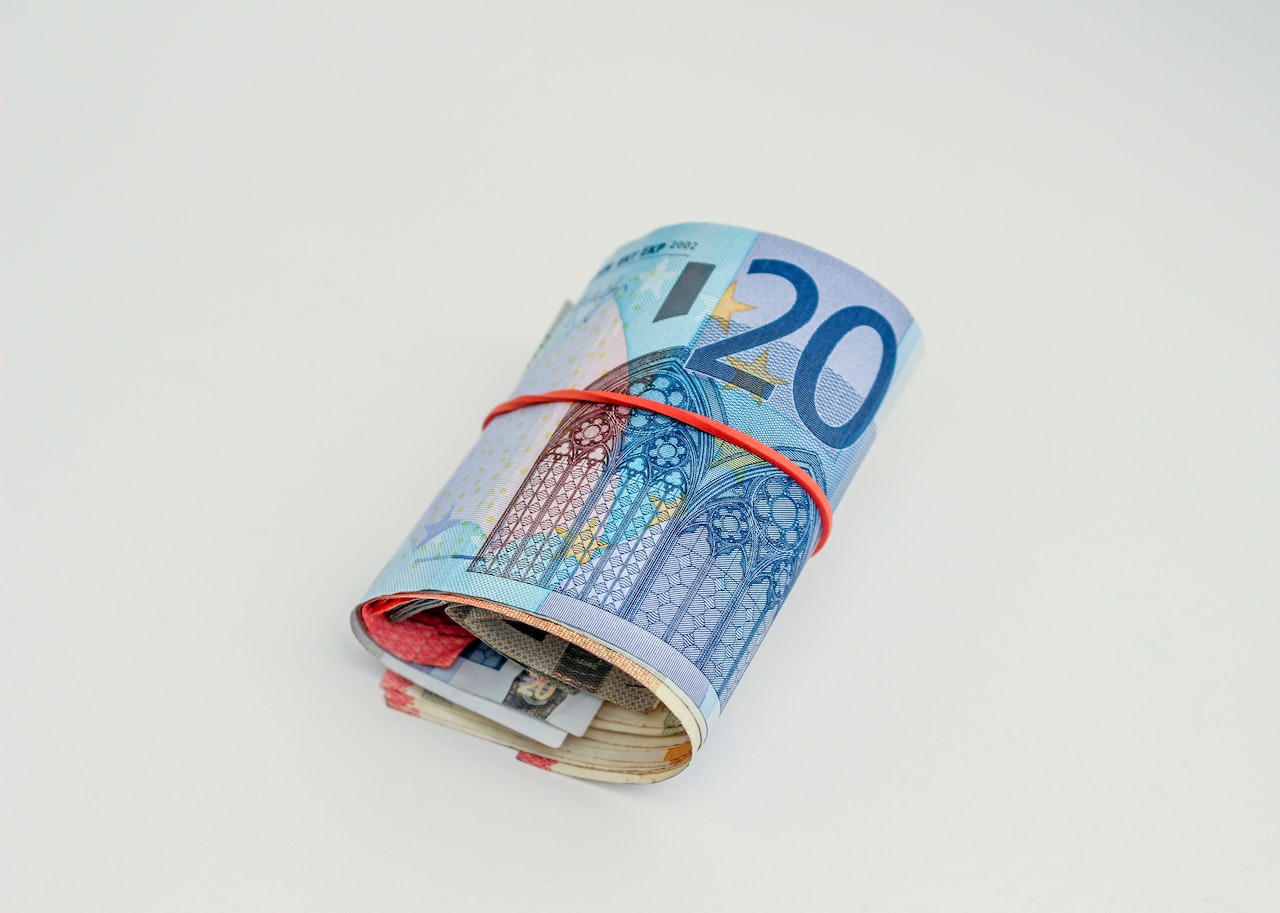Comments
- No comments found

Financial planning ensures economic security to support a comfortable retirement era.
The first step in your financial plan should be to start saving early and invest in instruments offering good returns to have adequate savings to cover future expenses.
Some individuals favour the share market and invest in stocks trading on exchanges such as NSE or BSE. However, some invest in mutual funds that echo stock market indices performances, such as Sensex and NIFTY, for systematic investments.
Although market-linked investments have the potential to offer good returns, they come with consolidation risks where the investors can lose a chunk of their investment value quickly. Hence, experienced investors ensure they invest in non-market investment instruments such as Fixed Deposits to create a financial cushion and earn steady returns.

Fixed or term or time deposits are instruments offered by banks and NBFCs to allow individuals to earn a guaranteed return on their savings over a specified period. When opening a fixed deposit, an investor infuses a certain amount for a pre-determined duration, ideally ranging from a few months to several years.
The interest rate is fixed at the time of deposit, ensuring that the investor knows the exact return they will receive at maturity.
Banks offer two types of interest on FDs: simple interest and compound interest.
In this method, the calculation is based on the principal amount, the interest rate, and the time. It does not consider any previous interest amount paid to the investors. Banks calculate simple interest on the initial principal amount, irrespective of the period of the FD. The formula for simple interest is as follows.
Where,
P= Principal amount.
R = Rate of interest per annum.
T= No. of periods (in years).
Unlike simple interest, compound interest considers the initial principal amount and the accumulated interest is reinvested or added to the principal at regular intervals. As time progresses, the interest earned in each compounding period becomes a part of the principal for the next period, leading to exponential growth. The formula for compound interest is given below.
Where,
P = Principal amount;
n = number of years;
i = rate of interest per period

One of the best ways to interest is to use an FD calculator online.
A fixed deposit calculator is a financial tool that helps individuals calculate the maturity amount and interest earned on their fixed deposit investments. It is designed to provide an accurate and quick estimation of the returns on a fixed deposit based on various parameters.
Most FD calculators are free of cost, and you can use them unlimited times to compare various FDs and find an ideal one with an interest rate that can provide you with the desired corpus after a certain period.
Here's a step-by-step guide on how to use the calculator.
Step 1 - Gather Information: Gather all the information related to the FD, such as the principal amount, interest rate and tenure.
Step 2 - FD Calculator: Search for a reliable fixed deposit calculator online. Many financial websites and banking portals offer these calculators for free.
Step 3 - Input Details: Input the following information into the calculator.
Principal Amount: Enter the principal amount you want to start the FD with.
Interest Rate: Enter the interest rate of the chosen or desired FD.
Tenure: Enter the FD tenure.
Step 4 - Calculation: Once you have entered all the necessary information, click the "Calculate" or "Calculate Interest" button. The calculator will process the data and provide you with the results.
Step 5 - Analyse Results: Review the results and analyse the figures provided by the calculator.
Fixed deposits can be vital in diversifying investments across asset classes, such as fixed-income instruments that provide low-risk, steady returns. Unlike other investment avenues subject to market fluctuations, fixed deposits offer a pre-determined interest rate, ensuring a fixed and predictable return on the investment. However, as all the FDs come with different interest rates and tenure, it is important to calculate the maturity amount using the FD Calculator to choose an ideal FD capable of achieving the set financial goals.
Leave your comments
Post comment as a guest